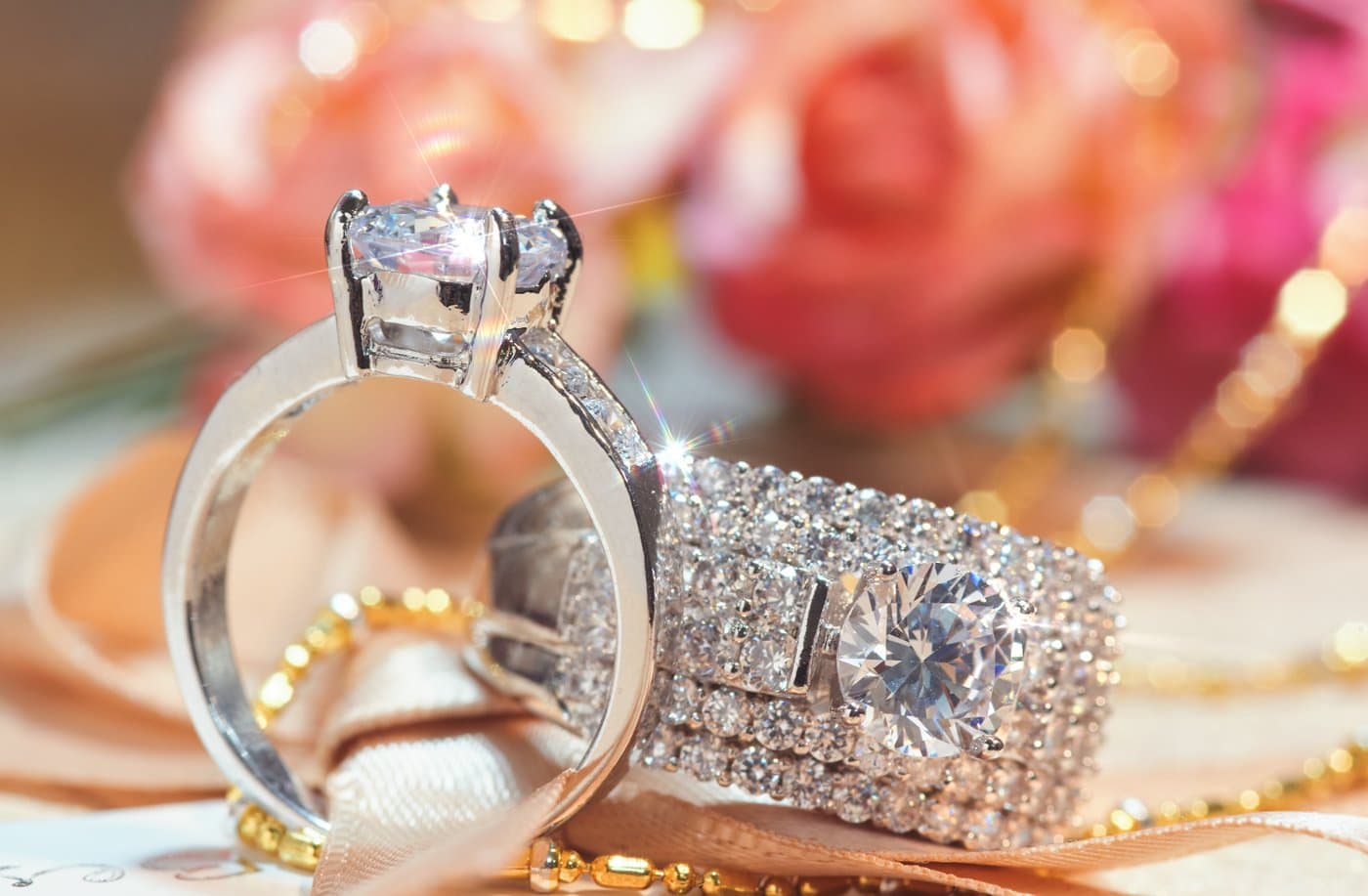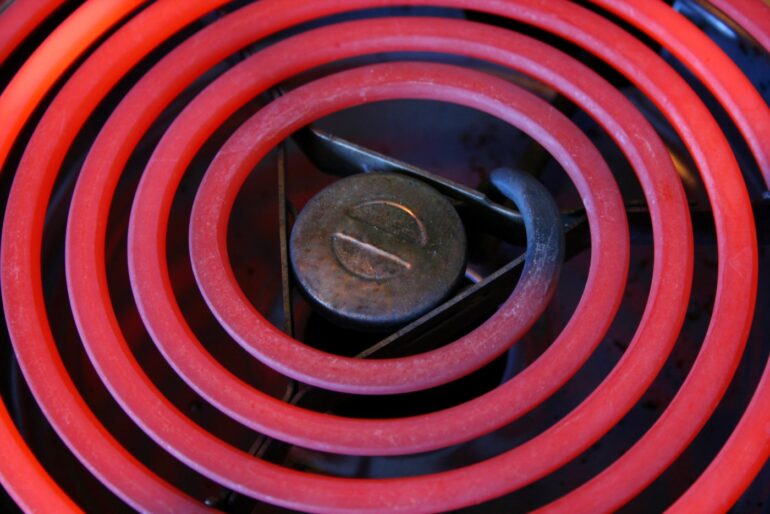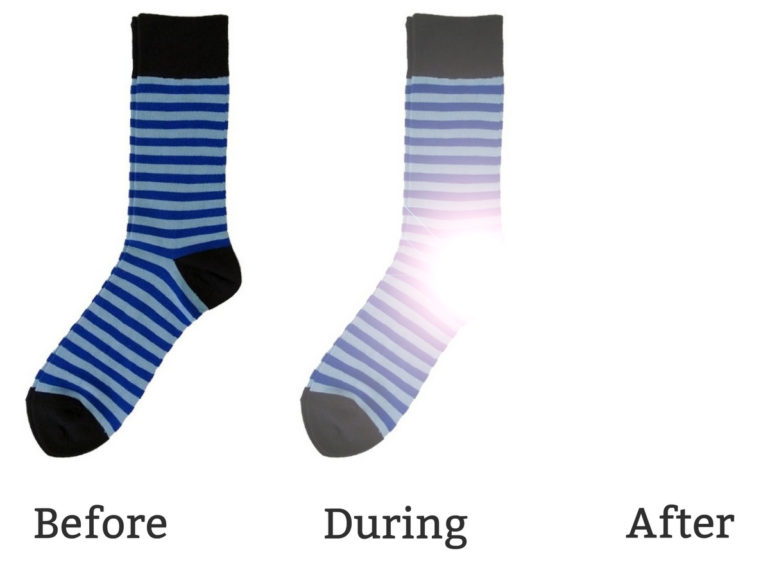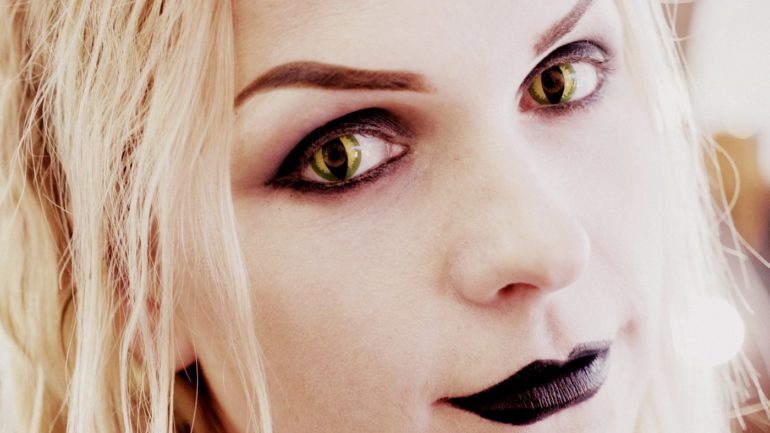How can I find out if a diamond is real?
I inherited some jewelry from my grandmother, and want to know to find out if any of the diamonds are real, or if they’re lookalike gems.
Something about a girl’s best friend…
When you start your search to understand more about gemstones, you should begin with the terminology.
According to the US Government’s Electronic Code of Federal Regulations, a diamond is a mineral consisting essentially of pure carbon crystallized in the isometric system, and can be found in many colors. Its hardness is 10, its specific gravity is approximately 3.52, and it has a refractive index of 2.42.
In addition, if it’s to be considered a jewelry-grade diamond (versus industrial grade, such as those used for diamond drill bits), it needs to have been symmetrically fashioned with at least 17 polished facets.
So is that what defines a real diamond? Not exactly. The Gemological Institute of America (GIA) says, “It’s unlikely that you’ll hear a professionally trained gemologist call a diamond a real diamond, or use the word ‘real’ to describe any material.”
And, they add, if you want to come across as a smart shopper, you’ll want to rephrase the question. “When you ask a jeweler for a real diamond, you could be asking for a diamond created by nature or one created in a lab — since both materials qualify as diamond.”
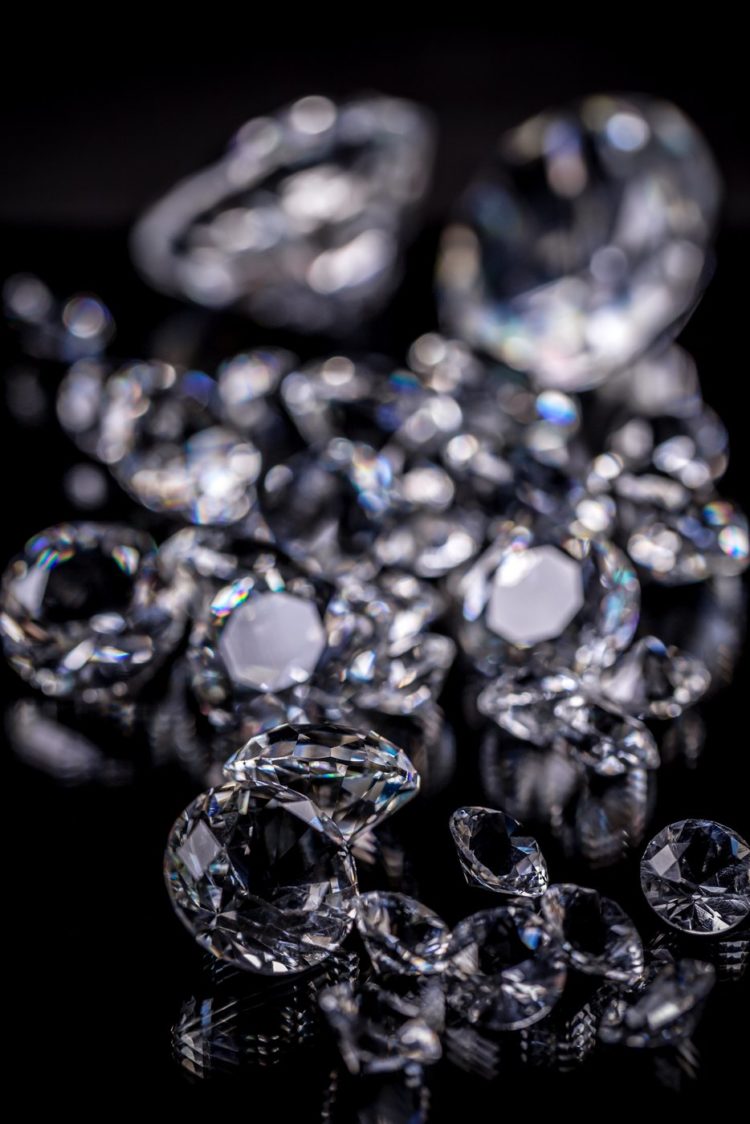
Quality jewelers avoid the term ‘real,’ and, following government guidelines, clearly distinguish between natural diamonds, synthetic diamonds and diamond simulants (or imitations).
This caution holds true even if you are pretty sure the jewels in question are old, if not actually antiques.
The Federal Trade Commission states that jewelry retailers must:
Use terms that clearly convey to consumers that the item is a simulated or laboratory-created diamond, rather than a mined diamond. Although the FTC’s Jewelry Guides don’t specify the wording you should use to make this disclosure, the Jewelry Guides state that the terms “laboratory-grown,” “laboratory-created,” “[manufacturer name]-created,” “imitation” or “simulated” would be appropriate to describe the nature of the product and to disclose the fact that it’s not a mined diamond.
Get your stone checked out
According to Diamond Cutters International, the absolute easiest and most reliable method to authenticate a diamond is going to be to have it appraised by an independent professional.
Look online for jewelry appraisers, and see if there are any reviews or user comments that might help you decide. Three questions you might want to ask.
- Can you schedule an appointment, or is it on a walk-in basis? (Obviously, walk-ins are convenient, unless you’re number 12 in line that day.)
- How much? (It will probably cost somewhere between $50 and $100.)
- Will the jewelry stay in your presence the whole time? (If they won’t evaluate it in right front of you, just say no.)
If you’re not willing to fork out some cash to potentially find out you’ve got a pile of cubic zirconium, stop by your local jewelry store and see if their in-house gemologist is willing to take a quick look and give you his or her opinion.
Bear in mind, this is a quick look, and mistakes can be made — but someone who looks at diamonds day in and day out is probably going to have a better idea if it’s real or not. (As with the appraisal, do not let the stones out of your sight — not even for a few seconds.)
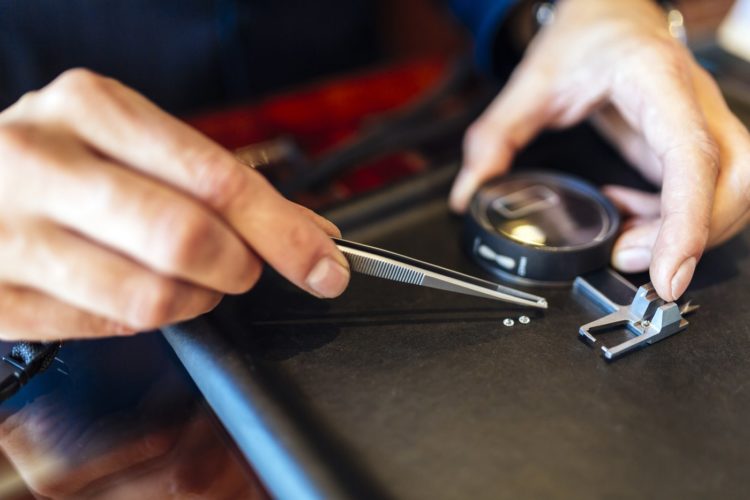
Diamond DIY
Don’t feel like leaving the house? Like playing gemologist? Want to learn some diamond identifying skills? Just plain bored? Cool, here’s some things you can look for on your own, without specialized equipment:
Look through it: Diamonds sharply bend light that passes through them. This is called having a high refractive index. If it’s unmounted, turn it upside down and put it on a piece of newspaper. If you can read through it, it’s not a diamond. If it’s mounted, you shouldn’t be able to see the bottom of it by looking directly down from the top.
Check out the reflections: A diamond’s reflections generally manifest in shades of gray. Rainbows indicate either a low-quality rock, or a fake.
Get out the black light: Something like 98% of all diamonds will fluoresce blue under UV light. The bad news here is, the 2% that don’t are very high-quality stones. So if it doesn’t light up blue, don’t write it off! However, if you see green, yellow, or gray fluorescence, you’re probably looking at Moissanite.
Look at it under magnification: Using a jeweler’s loupe or another magnifier, check it out. Mined diamonds have small imperfections that lab-grown diamonds and CZ don’t have.
Breathe on it: If it stays foggy for 2 to 4 seconds, it’s a fake. Real diamonds disperse heat virtually instantaneously.
Here’s one thing not to do to test your rock: Don’t try to scratch something with it, or vice versa! Yes, diamonds are very hard, but they are also brittle, and you could end up chipping or breaking a real stone. Also, there are many imitation stones that are capable of scratching glass.

The real value
Remember: Not all value has a dollar sign attached. If you’re not planning on selling your stones, you don’t really need to worry about what they’re made of. If you like the way they look and you enjoy wearing them, then do so.
If you love a ring with some unknown gemstone in it because it reminds you of your grandmother, having that on your finger or in your jewelry box is worth more than any amount of money.

